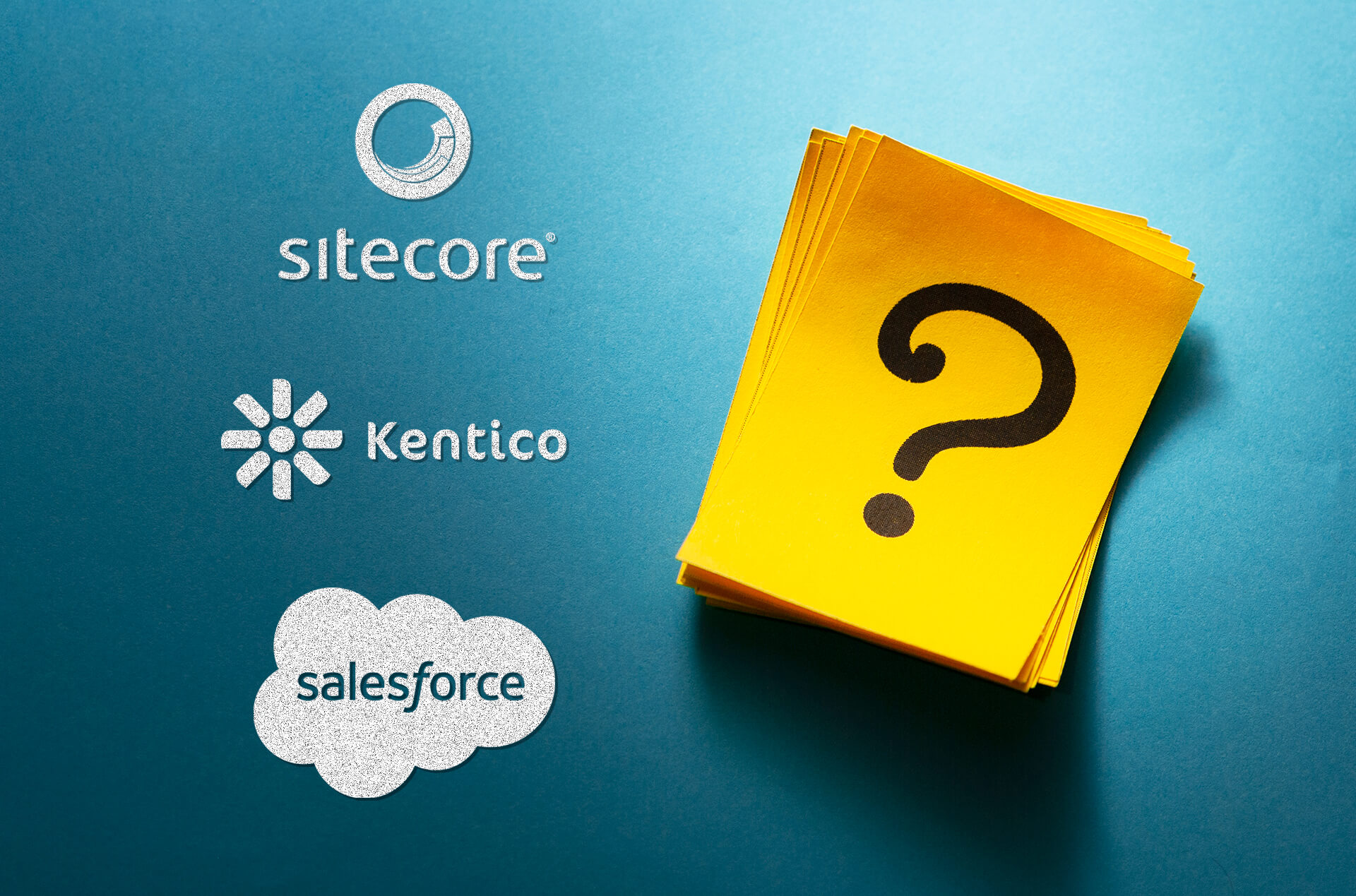Digital experience platform or DXP is an emerging software innovation that helps companies embrace digital transformation in the hopes of providing better customer experiences. While there are a variety of vendors for this product, they all share the same goals: digitizing business operations, delivering connected customer experiences, and gathering actionable data about customers.
With such a large range of different digital experience platforms on the market, it can be tough to decide which one is right for your business. You should consider the features offered by each platform, as well as the pricing and customer support. You should also think about the size of your company and how much you’re willing to spend on a platform.
Option 1: Sitecore Experience Platform
Sitecore prides itself on being one of the global leaders in DXP software solution. With a strong alliance with Microsoft, who contribute with them on their DXPs and who receive digital experience help from Sitecore, Sitecore has skyrocketed over the past 20 years. With about $241 million USD in annual revenue and $1.2 billion USD in funding, Sitecore has branded itself as having an excellent DXP product for business and customer satisfaction.
Utilizing a full solution that involves customer data, AI, marketing automation, and analytics features, Sitecore delivers a DXP that allows for full customer satisfaction and the ultimate experience for the customer. With its adaptability, Sitecore Experience Platform offers solutions in various industries, such as Services and Finance, and is most prominently used in regions like North America followed by Europe/Middle East/Africa.
With a Gartner rating of 4.3, and most prominently used by companies valued between $50 million and $1 billion USD, Sitecore Experience Platform is highly trusted, and its product is prominently known for its flexibility and scalability in offering solutions to different problems. Overall, Sitecore’s DXP uniquely allows businesses to counter problems in web management and deliver a successful customer experience every time.
Option 2: Kentico
Kentico is not as well known a company as the others on this list, but it offers an affordable DXP that makes it ideal for smaller businesses. With an annual revenue of about $52 million USD, Kentico is steadily growing larger and larger over time. As it grows, its brand will increase further, which will allow for Kentico, its digital experience platform, to become more widely well-known and used.
Kentico is a digital experience platform that provides personalized content and marketing to increase customer engagement and help deliver personalized campaigns for increased return on investment. This software solution integrates seamlessly into any technology stack while empowering organizations with optimal performance. With a Gartner rating of 4.5 and most prominently used by companies evaluated between $50 million to $1 billion USD, Kentico is a highly vetted software, used by companies of all sizes, to maximize the return of customers and increase their satisfaction when scouring a business for products and services.
Kentico is most commonly used in industries like Services and Manufacturing, and it is deployed predominantly in North America and in Asia/Pacific. Overall, Kentico is a DXP platform that is great for smaller businesses, which will receive a platform to manage their business applications and softwares in a cohesive and hugely beneficial way.
Option 3: Salesforce Customer Success Platform
Salesforce, the largest company on this list, offers a vast portfolio of products, collectively known as the Salesforce Customer Success Platform. The Salesforce clouds that make up the Customer Success Platform are Salesforce Sales Cloud, Salesforce Marketing Cloud, Salesforce Service Cloud, Salesforce Experience Cloud, Salesforce Analytics Cloud, and the Salesforce App Cloud.
Using these different resources together, companies are offered DXPs that allow them to take their business to new heights, connecting it cohesively and allowing for feedback and responses for customers to shape your product and customer experience. The company is worth over $215.35 billion USD as of 2022, with a revenue of $25.252 billion USD in 2021, and a 10-year compound annual growth rate (CAGR) of 29.04%.
Salesforce’s digital experience platform, Experience Cloud, is primarily used by companies valued between $50 million and $1 billion USD. With a 4.5 Gartner rating, the DXP offered is highly trusted by its customers. Most commonly deployed in North America and in Asia/Pacific, the digital experience platform is used in industries such as Services and Manufacturing in order to provide businesses in those economic sectors with advantages that would allow for maximum customer satisfaction and cohesion throughout all their websites, platforms, and applications.
The most common use of Salesforce’s product is to successfully integrate a company’s marketing and sales efforts. In doing so, Salesforce allows a company to quickly target customers in demographic groups where sales are either lacking to bring those numbers up or where sales are soaring in order to increase revenue. Overall, Salesforce’s DXP allows for a company to gain a competitive advantage over its competitors through its generation of revenues from increasing sales.
Conclusion
Sitecore Experience Platform, Kentico Xperience, and Salesforce Customer Success Platform are all great choices for businesses looking for a digital experience platform. They offer a wide range of features, and you can choose the one that best suits your needs. You should consider the size of your company, how much you’re willing to spend, and what type of platform you need.
Each platform has its own strengths and weaknesses, so you should do your research before making a decision. Sitecore’s DXP is known for its scalability and flexibility, while Kentico’s is perfect for small businesses. Salesforce’s DXP is great for companies that want to integrate their marketing and sales efforts. Ultimately, the choice depends on your individual business requirements.
Sources:
- https://searchcustomerexperience.techtarget.com/definition/Salesforce-Customer-Success-Platform
- https://www.gartner.com/reviews/market/digital-experience-platforms/vendor/salesforce/product/salesforce-experience-cloud
- https://www.macrotrends.net/stocks/charts/CRM/salesforce,-inc/net-worth
- https://backlinko.com/salesforce-stats
- https://www.owler.com/company/sitecore
- https://www.gartner.com/reviews/market/digital-experience-platforms/vendor/sitecore/product/experience-platform-xp
- https://www.zoominfo.com/c/sitecore/67977788
- https://www.zoominfo.com/c/kentico/69420566
- https://www.kentico.com/articles/kentico-recognized-for-the-fifth-consecutive-time-in-the-gartner-magic-quadrant-report









